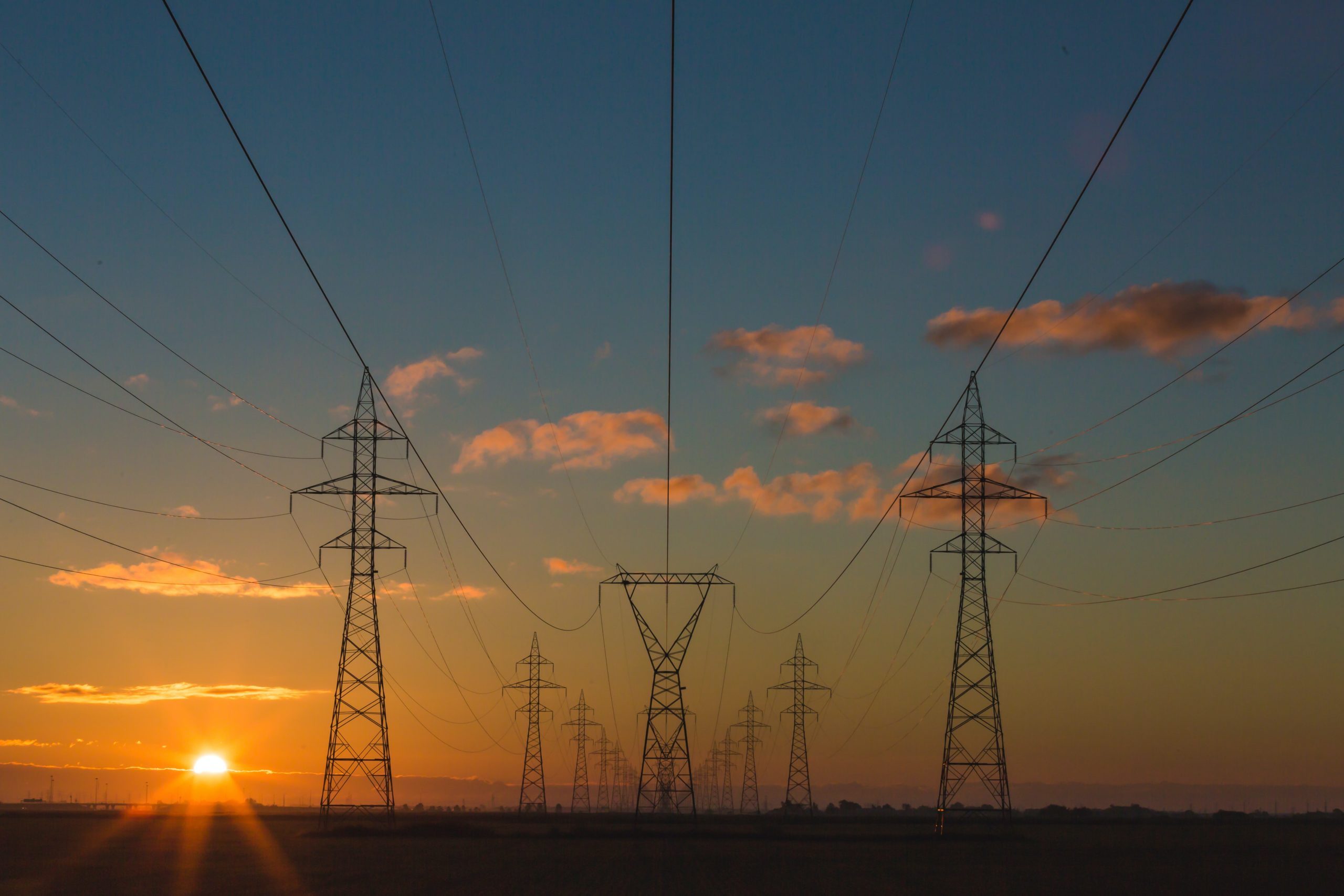Around the world, efforts to connect the unconnected continue despite the myriad challenges that exist from the ongoing Covid-19 pandemic to political instability. Often these efforts focus on expanding telecommunications infrastructure; working to improve the personal capacities and skills of new and existing internet users, including digital media literacy; and/or lobbying governments to create policy frameworks that enable the growth and development of the internet and address multiple digital divides.
Yet there seems to be a relationship that is often overlooked or simply relegated to a mention in passing in various reports, which constitutes a serious oversight: the link between energy and internet access.
As mentioned in a 2020 article for Branch Magazine, just over half of all people in the world are connected to the internet (a number that rose in 2020 due to pandemic-related lockdowns), while more than 3.5 billion do not have access to reliable electricity. In addition, just under a billion do not have access to electricity at all — a figure that, according to the International Energy Agency (IEA), is increasing again after years of decline due to the Covid-19 pandemic. This reality, therefore, begged the question, “How do we expect people and communities who aren’t even wired to electrical grids to participate online in languages they likely do not speak or with a device that, if they can access and afford, cannot even be charged properly?”
This paper has been written by Michael J Oghia and edited by Teddy Woodhouse.

Filling the Gap Between Energy & Internet Access (HTML)

